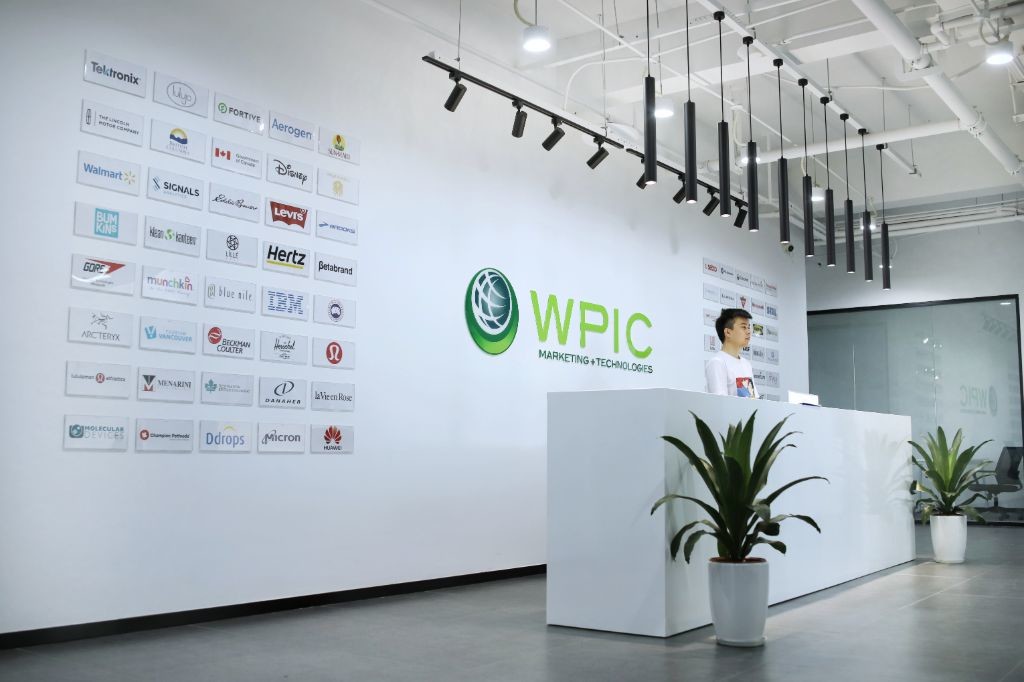The WPIC Difference
By Joseph Cooke, Co-founder and President of WPIC Marketing + Technologies.
As President of WPIC, one of the great privileges of my job is the ability to interact with companies from across the world in a variety of sectors and get a cross-section of perspectives.
In my job, there’s not a day that goes by that I do not come across a business leader who is smart, thoughtful, innovative and focused on growth. Not only do I get to hear from all sorts of decision makers on what challenges they are tackling worldwide, but I get to hear their approaches to tackling those problems- which are equally as interesting.
I often come out of those meetings (primarily Zoom calls these days) with tons of ideas and cutting edge tactics on how we can improve both our own business and our clients’ performance in APAC.
But the other hidden value that speaking with so many companies provides is the opportunity to aggregate all that feedback and get a sense of what “the market” as a whole is feeling.
While we use and lean on a ton of data programs (chief among them, Discripto™) to unlock decision-making at WPIC, this type of feedback is based on intuition and, frankly, is more art than science. The upside, however, is unlimited.
When we listen to what “the market” is telling us, we can, for instance: identify different services that our solution-set previously was not offering; get a pulse of what sorts of things are top of mind for brands of a specific sector; or perhaps what events are coming up on the promotional calendar that are keeping executives up at night.
For example, it was through this feedback from the market that we were able to launch the China E-commerce Accelerator Program in March of this year, to help unlock a major online opportunities for dozens of brands in under 30 days against the backdrop of halted North American and European retail (due to the Covid-19 pandemic).
Tmall Partners

As an e-commerce service provider for China and Japan, one of the topics about which we are often asked is price; what various market entry programs cost and how WPIC’s price compares to that of other organizations who provide seemingly similar services.
The answers, however, to those questions are a bit more complicated than just a handful of numbers.
As Tmall Trade Partners (frequently referred to as Tmall Partners or TP’s), most companies who operate in our space apply and register brands to transact on Alibaba’s Tmall platform.
They fill out paperwork for a brand and then submit that paperwork to Alibaba (or JD). Once that is over (assuming success, which is frequently not guaranteed), they will run a brand’s e-commerce shop.
That typically involves uploading a product set on to the marketplaces and then launching some digital advertising to drive traffic. In exchange for those services, most TP’s charge fees up-front and take a percentage of the revenue that a brand earns in the market, in perpetuity.
Seems, pretty comprehensive, no?
The reality, however, is that although those are the most frequently considered elements of a brand’s to-do list when activating an e-commerce channel in China, they are a mere fraction of the total to-do list, and often, the easiest aspects of it.
So, that begs the question: what’s the difference between WPIC and a regular TP, then?
WPIC’s typical e-commerce activation scope

WPIC’s e-commerce activation scope can be separated into five major components, each of which, then, has anywhere between 15 and 50 different elements associated with it.
1. Data monitoring and modelling
This involves myriad tasks, including assessing product viability, forecasting sales based on competitor data, identifying inventory requirements, building a pricing strategy, handling SKU selection, monitoring platform promotions, conducting marketplace trend analysis, identifying channel conflict, setting listing prices, and much more.
2. Logistics and import solutions
This component of the offering includes shipping coordination, port of entry identification and variance management, determining packaging requirements and ensuring compliance, waybill creation, acting as importer of record, ensuring availability to pay duties instantly, managing title transfer administration, warehousing, going through inspections and repackaging, presenting certification requirements, conducting reconciliation tests, and more. Fortunately, we’re able to lean on a new, 5 sq. km. logistics facility in Nanjing to accomplish all these elements, leaving brands and customers with a seamless experience
3. Administrative, governance, compliance support
That involves liaising with the marketplace’s category manager, revising a brand’s account with the marketplace, building customer issue report-outs, trademark protection and monitoring, administering and processing VAT, expatriating capital, and more.
4. Marketplace management and marketing operations
This element ranges from building and executing PPC and SEO campaigns, to running in-platform marketing customer loyalty programs; optimizing media spend to registering brands for live streams and then preparing and executing those streams; KOL identification and procurement; seckill management; copywriting; monitoring reviews and bid rates; and quite literally dozens of other tactics.
5. Program performance management
This critical component of the overall program allows brands to improve their performance with time, and features CSR reporting, sales monitoring, customer service analysis, paid search optimization, returns analysis, traffic analysis and optimization, and more.
In total, a typical e-commerce program for a consumer brand offers more than 160 distinct tasks from “go” and covers registration, set-up, design, building, deploying, and optimizing.
Putting it all together
As of this writing, WPIC has been helping global brands with APAC entry and growth for more than 15 years. We’ve worked with in excess of 500 organizations from a variety of sectors and have built e-commerce systems in place for those organizations to truly thrive. Our experience in this space is precisely how we put this list of solutions together.
We’ve seen – both first-hand and from the work of dozens of TP’s – what it takes for a brand to succeed in APAC. We’ve taken the experiences of “the market” and developed very specific solutions that assist with entry and – most importantly – growth.
Our belief is that by identifying this comprehensive set of components and then offering it to organizations as an overall action-plan- that is what best positions a brand to succeed in APAC, ultimately driving significant revenue and growing share.
Some of these components are mandated by platforms like Tmall and JD. Others are industry best practices, researched, compiled, tested and improved upon by our team of 220+ employees across seven offices.
But at the end of the day, if you want to succeed in APAC in the long term, the experience of hundreds of brands has shown that – however you choose to approach your market entry – you’re going to have to invest in most of these solutions.
Our belief in transparency means we choose to share this information up front, before an entry process begins to take place.
We wouldn’t have it any other way.


